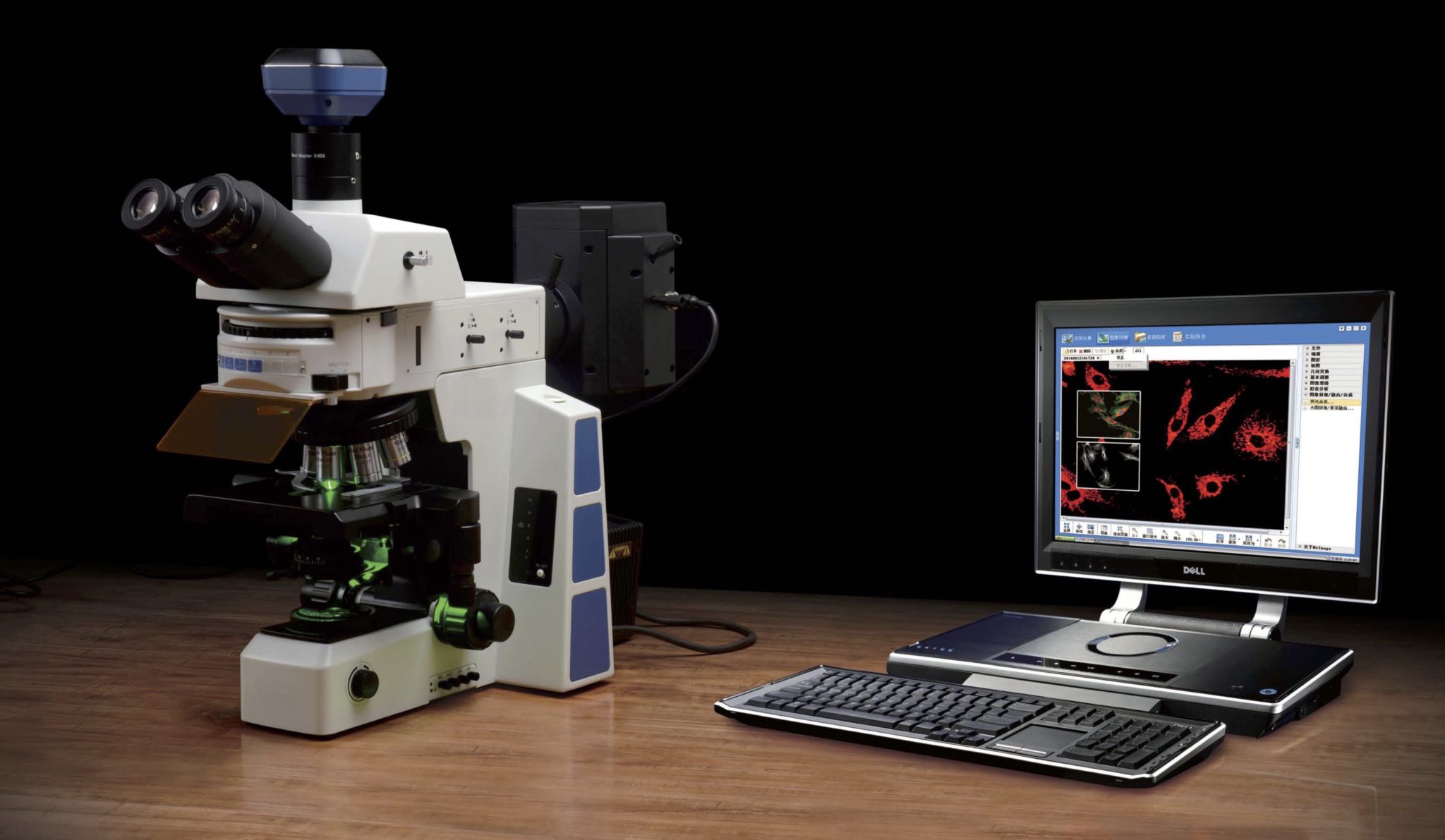- A microscope total magnification is considered as magnification of an objective lens multiplied by the magnification of an eyepiece.
- For large items at macro-level, you need a high power microscope which is a stereoscope (also called dissecting microscope), typically with total magnification of 5x-50x. For observation of small and tiny objects at micron levels, you need a compound microscope, which normally has total magnification of 40x-400x.
- To see an image on a computer, you need a microscope, a camera AND a c-mount adapter. Getting a calibration slide on top of these will make your job so professional.
- A high megapixel camera does not necessarily mean you will get a high-resolution (optically not digitally) image but a high magnification microscope can generate high-resolution images.
- You can increase the total magnification (up to 3-times) of a microscope easily by using 15x, 20x, 25x and even 30x eyepieces. In a stereo microscope, this is also possible using an aux lens.
- You can increase the magnification optically in a computer (beside digital zooming) using a high-magnification lens of c-mount adapter rather than a standard one. If your camera has a 1/3” chip (or sensor), you need a 0.35x c-mount adapter to generate the image at the resolution of a 10x eyepiece. Using a 0.66x or 1x c-mount adapter, you can expect the image is magnified twice or tripled, i.e. an image at the size of 20x or 30x eyepieces can be seen in your computer screen. The only drawback here is you will have smaller field of view as this happens by moving from 20x objective lens to 40x or 60x, accordingly.
- (Bonus Point): There is no difference between an upright and inverted microscope from an optical design point of view!
Quiz:
What are the differences between these two combinations?
Combo A: 20x objective lens, 10x /FN23 eyepieces,
Combo B: 10x objective lens, 20x/FN12 eyepieces,
You can answer this question and get 5% discount and may be more.
Hint: Think of magnification, Field of View, Resolution, Working Distance, Depth of Field, Illumination, and others.



